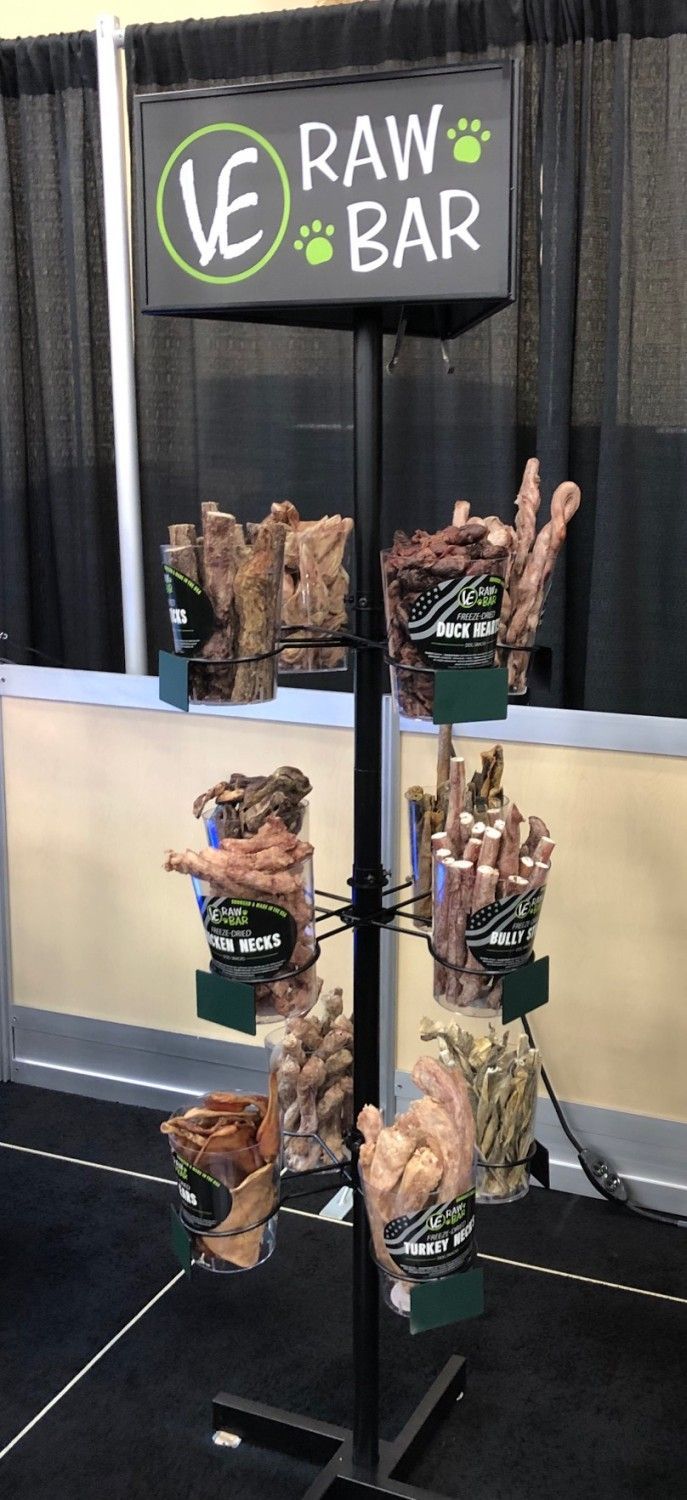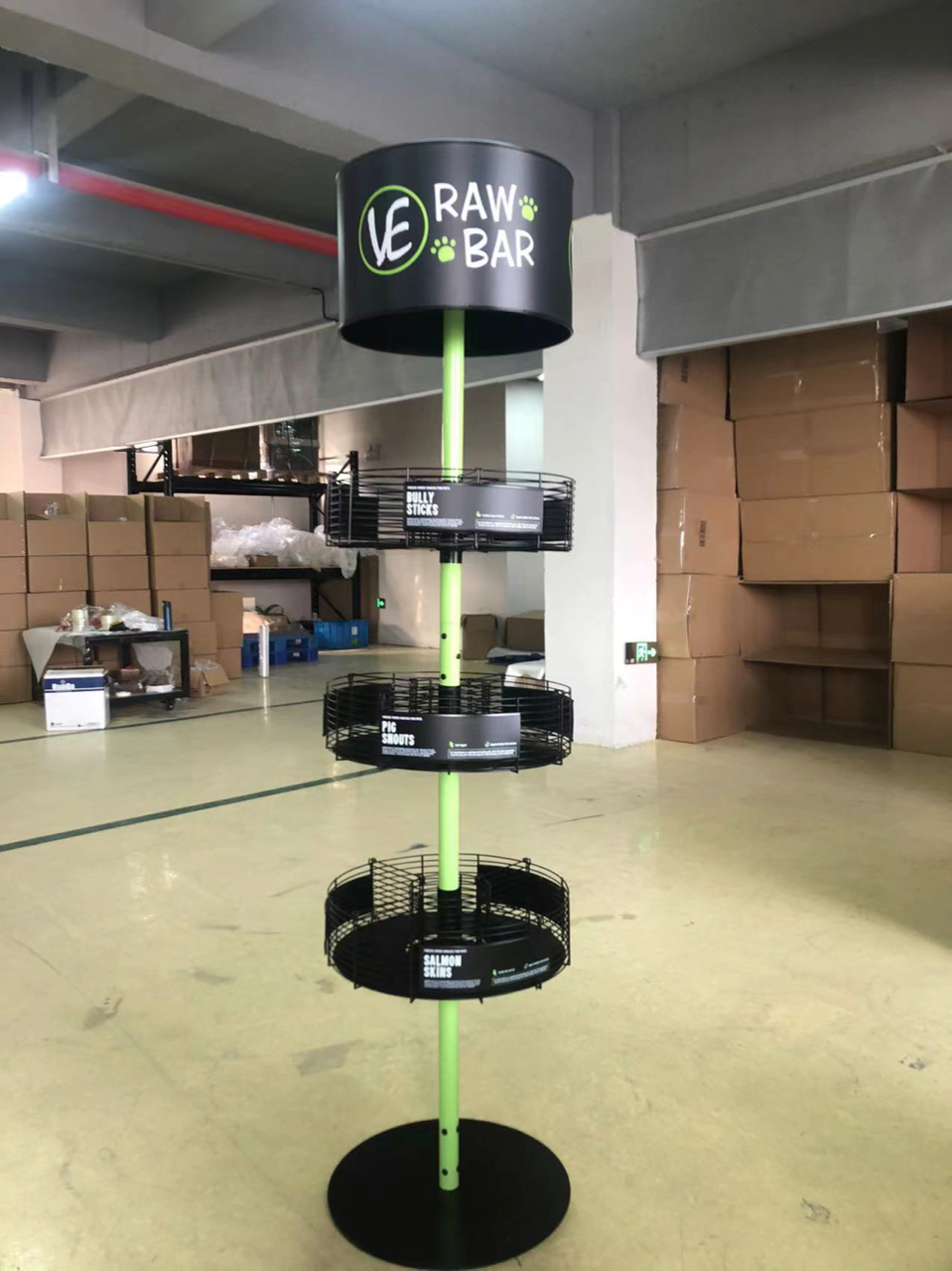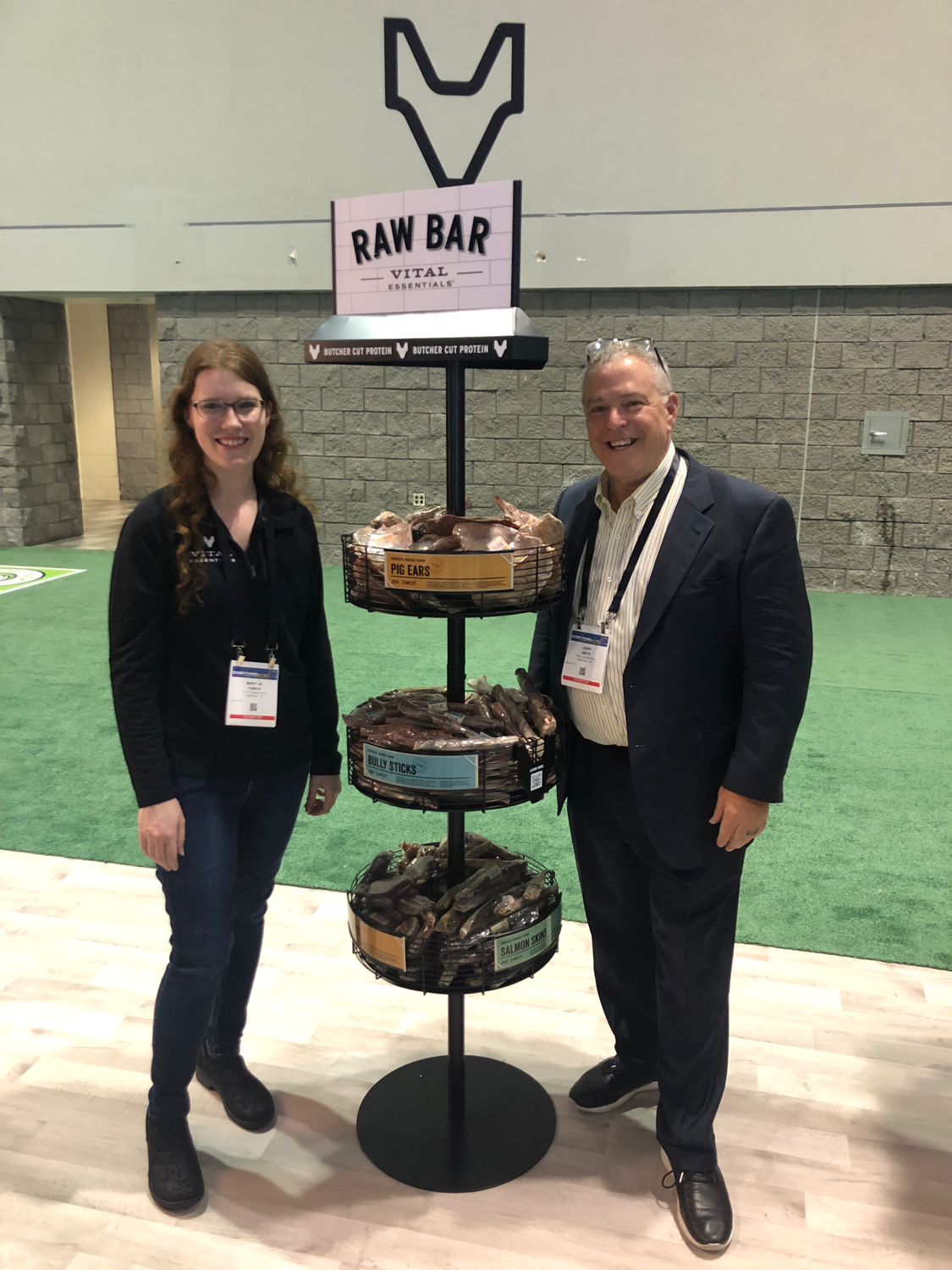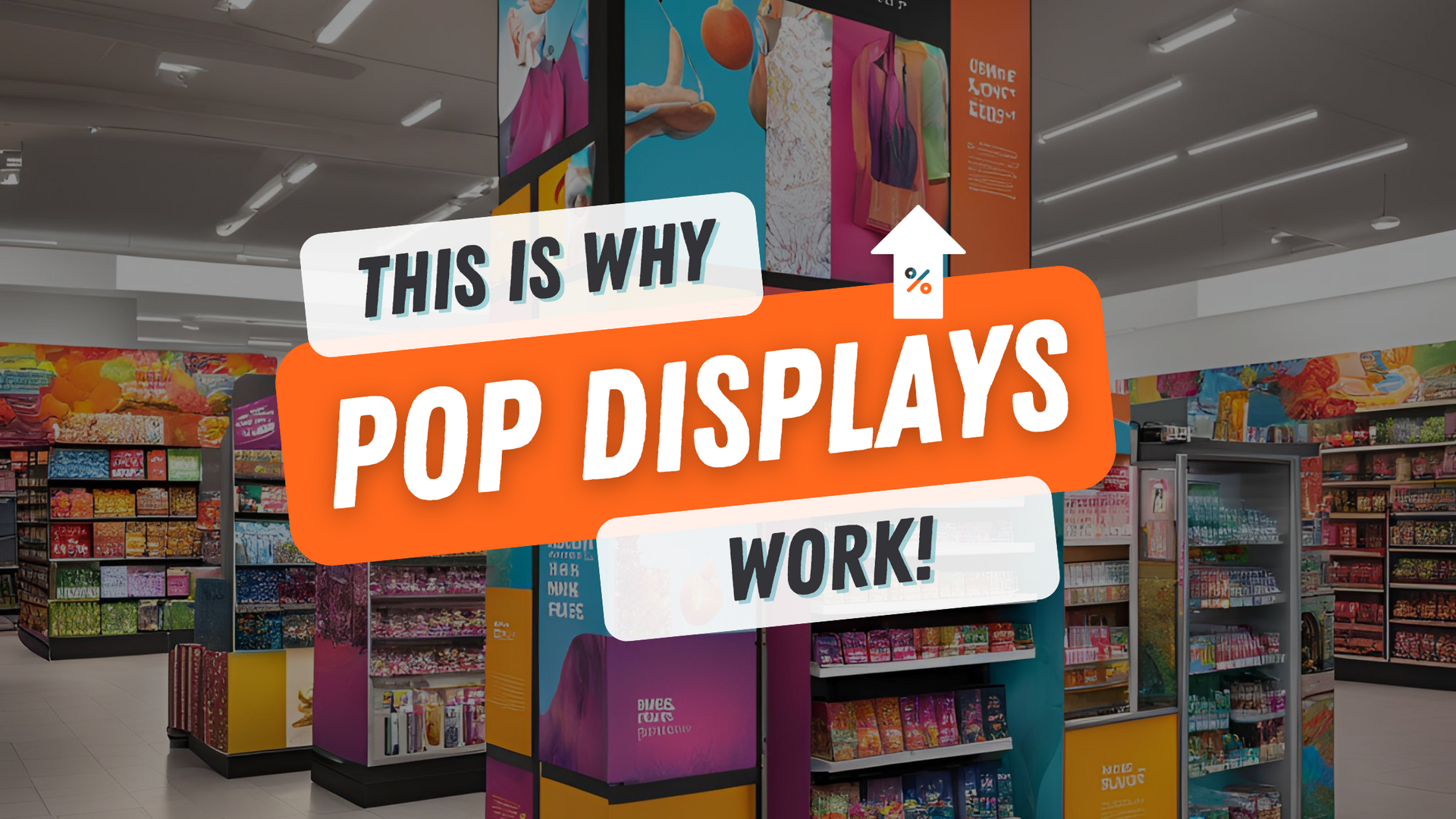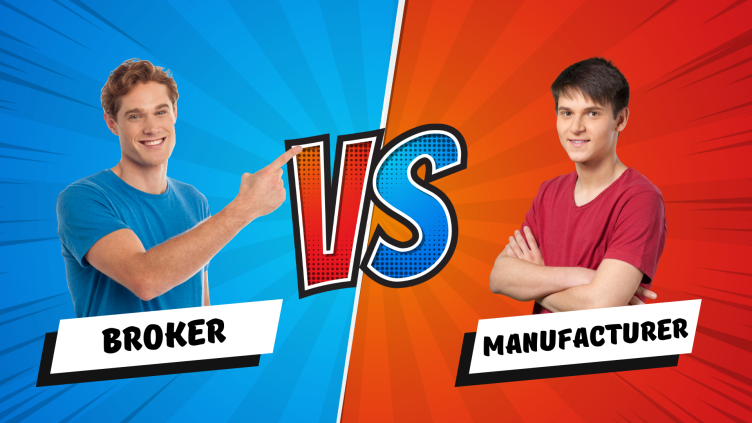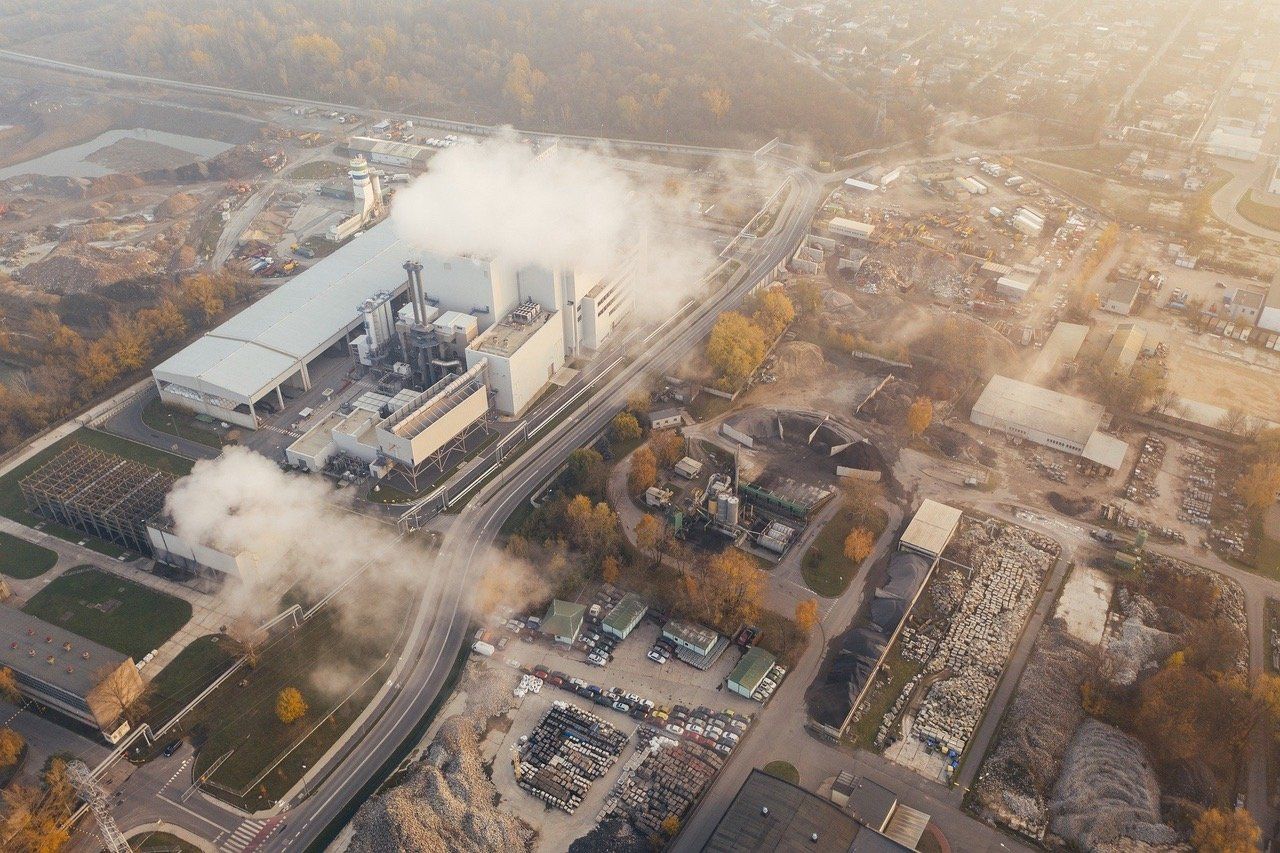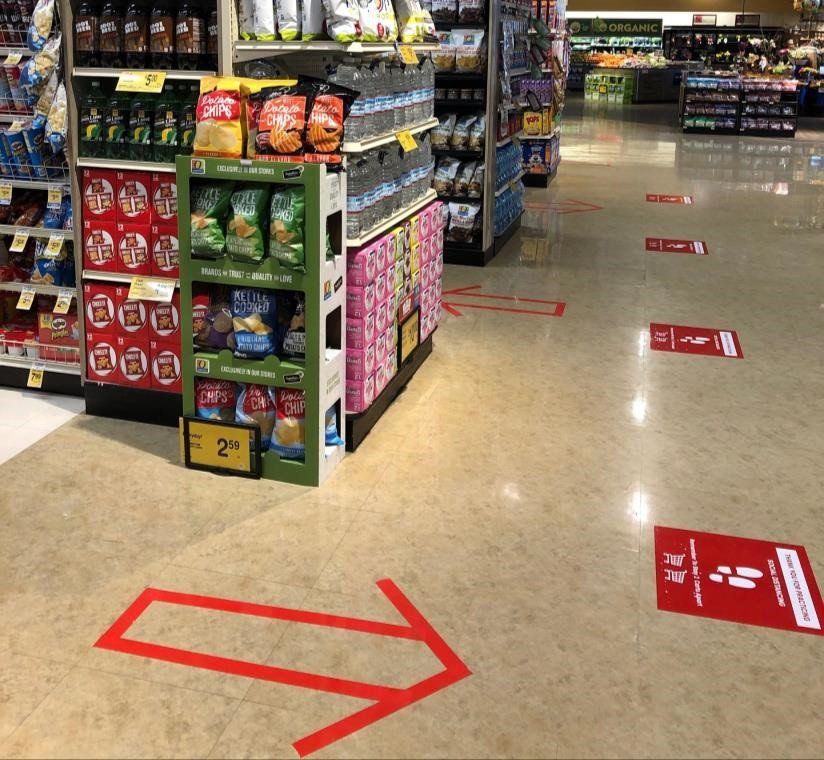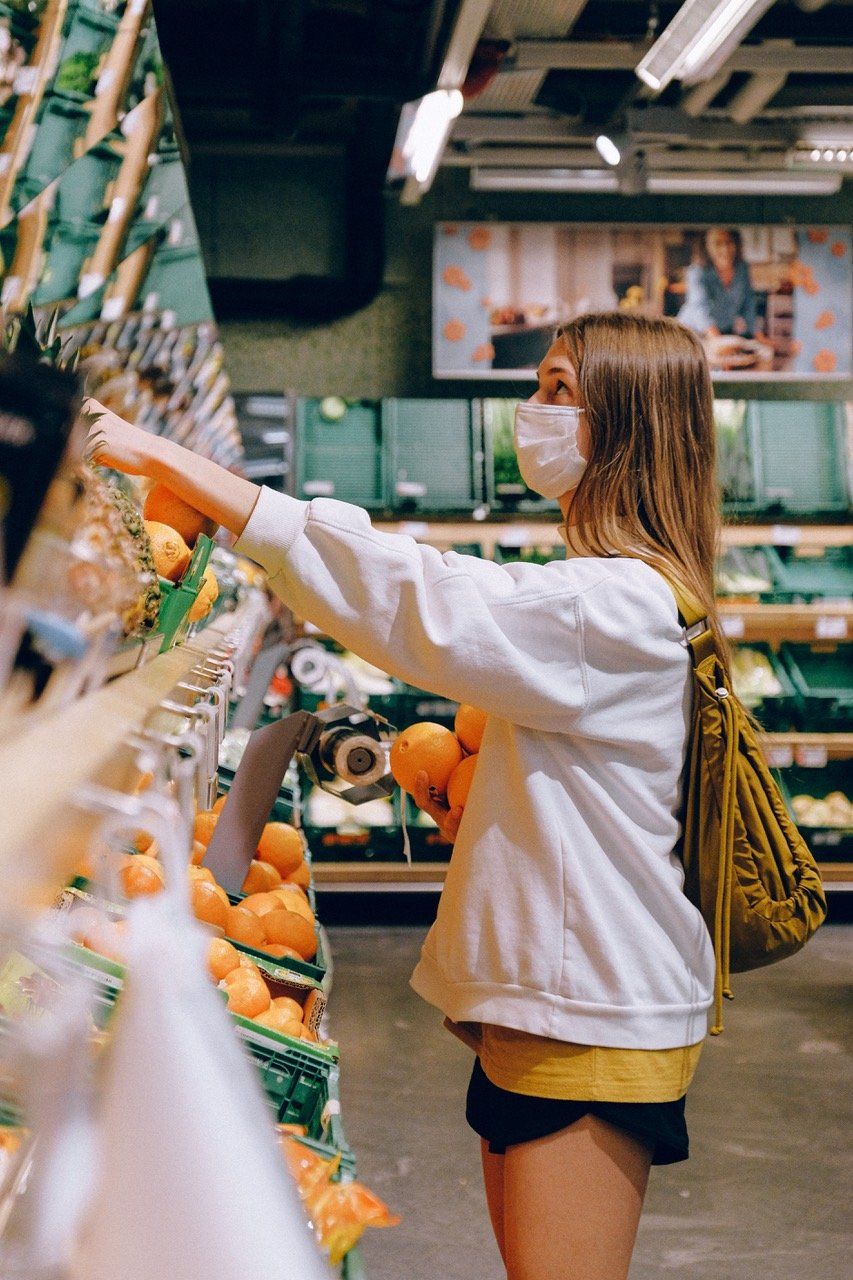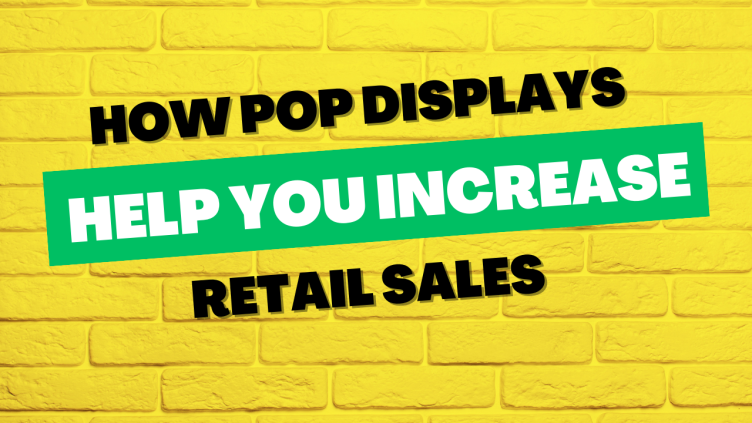By Jerry Smith
•
June 23, 2020
4 Ways COVID-19 Will Change Retail Forever The coronavirus pandemic has changed life substantially across the globe. It has led people to focus more on health and hygiene. Shelter-in-place orders changed the way people work, shop and interact with friends and family. The shuttering of businesses forced layoffs and furloughs on a massive scale. Even as states across America begin to re-open, things will never quite be the same. Businesses once deemed "non-essential" will be allowed to re-open their doors, with restrictions in most places, but "business as usual" is unlikely to be "usual." Some businesses may never re-open. Others will struggle to get by. All will have to deal with a changed world that includes altered habits, interests and spending ability among consumers. While the medical community works to eradicate COVID-19 as quickly and effectively as possible, the retail industry will be forced to make adjustments that may be here to stay forever. Here are four ways in which COVID-19 will change retail, based on how it's changed consumers. 1. More Selective Consumers Will Mean Greater Competition To say the job market is in disarray would be an understatement of massive proportions. America got some good news in late May when the Department of Labor released statistics that showed only 2.44 million people filed for first-time unemployment benefits for the week that ended May 19. That's right -- "only" 2.44 million new people out of work. If you're just comparing that to the 6.8 million people who filed first-time unemployment claims for the week ending March 28, then it seems like huge progress. But that tally, as comparatively low as it is, means almost 40 million Americans have filed for unemployment since the coronavirus pandemic began in mid-March. April's jobs report showed 20 million jobs lost -- more than all the jobs gained since the Great Recession. April's 14.7% unemployment rate was already the worst since the Great Depression, when the rate reached as high as 24.9%. What this has meant for consumers is there isn't a lot of excess money to go around. Even with federally-backed boosts to unemployment benefits and economic stimulus checks, disposable income is expected to drop by 3.7% in real terms this year over 2019, according to a Euromonitor International report. Overall consumer spending is also expected to fall 4.3% in real terms year-over-year, compared to 2.4% in real growth experienced in 2019. Consumers, therefore, are likely to change the way they spend. In many ways, it's similar to what's seen in other tough economic times: People still spend, but they do so more selectively. For retailers and brands, this means businesses in each industry will be fighting for fewer spending dollars, which in turn will ratchet up the competition to attract consumers to their store and/or product. 2. Online Familiarity Will Breed Delivery Necessity The trend over the last few years was a move by consumers to more online shopping. In 2019, the average American household spent more than $5,800 shopping online, which represented an 11% increase year-over-year. Online shopping in certain sectors such as home furnishings, electronics and clothing was already high, accounting for 15% of total sales. Other sectors such as grocery stores had a relatively low percentage of sales coming online. But that all changed when the coronavirus pandemic hit, and quarantine forced people to shop online. Between panic buying and the fear of going to crowded places, consumers young and old learned how to order grocery delivery or at least do curbside pickup. According to a study conducted by Gordon Haskett Research Advisors, one-third of consumers bought groceries online over the last seven days in April, and 41% of those shoppers said they were doing so for the first time. During the pandemic, Amazon alone has increased its grocery order capacity by more than 60%. The crisis has trained people in the art of shopping online for everything, and they may not rush back in droves once stores re-open. Before the pandemic, in-store shopping accounted for 80% of all retail sales. But an April research note from Wall Street firm UBS said that number could drop substantially, with many retail stores closing for good. This will force retailers from all walks of life to quickly embrace and figure out delivery of in-store goods and e-commerce/shipping solutions -- things that may not have been a large part of the business plan before. If they can't do it in-house, they may have to outsource it to a company such as Instacart, which announced in an April LinkedIn post that it plans to hire 300,000 workers by the end of June. 3. A Focus on Health Will Force Retailers to Clean Up In that UBS research note, analysts Jay Sole and Michael Lasser wrote to their clients: "Even when stores do open, it may take a while before people will regain their confidence about being safe in crowded places." While some of this fear will subside naturally over time, it'll be up to retailers to put consumers' minds at ease from a health and safety perspective. Consumers will soon expect, if not demand, some quarantine-era changes to remain at stores, including: Painted or taped lines marking six feet of social distance as people shop or wait in a check-out line Requirements that workers and even shoppers wear masks while inside Installation of hand-washing stations or hand sanitizer dispensers Spit guards to separate customers from workers at registers Enhanced cleaning and disinfecting of stores and surfaces Another trend may be a shift to contactless payments. A recent study found almost one-third of U.S. consumers used a contactless payment such as a virtual wallet during the coronavirus pandemic. The report, "North America Online Payment Methods 2020 & COVID-19's Impact," also found a majority of those people planned to continue contactless payments in the future. In total, the number of contactless payments conducted in the U.S. is expected to increase eight-fold over the next four years. This means more retailers will rush to upgrade technology at check-out lines to accommodate consumers' desire for this type of payment. 4. Consumer Shopping Habits Will Scare Retailers from Malls When consumers do return to stores -- and they will in some form eventually -- where they shop may change. Some of this will be by their choice, while some will not. Economic crises always favor larger companies over medium-sized, independent ones. Larger stores have cash reserves, access to future capital and possibly even federal bailout money. This helps them weather the storm during a crisis and then bounce back to succeed afterward. Some large retailers actually thrived during the pandemic. Walmart, Target, Home Depot and Lowe's all saw upticks in sales and stock value as a result. The smaller mom-and-pop shops and medium-sized retailers are the ones that are likely to face the biggest challenges. Some will never re-open, and those that do may not be able to handle the extra costs necessary to run a retail business post-pandemic. As people are fleeing dense urban areas for more space in the suburbs, the traditional suburban strip mall or indoor mall may not be as prominent as before. The United States already had built an over-abundance of physical retail space in recent years, and the pandemic is forcing many of the long-time mainstays of malls to close for good. Macy's has closed many stores in recent years, and while they plan to re-open all their remaining stores when they're allowed to, the company is clearly shifting its focus online. J.Crew filed for bankruptcy protection during the pandemic, but intends to emerge as a profitable company. J.C. Penny did the same, as did Neiman Marcus. Lord & Taylor plans to liquidate its inventory when it can re-open -- and then close for good. According to a Business Insider report, retailers have reported at least 3,600 store closings this year. I n the end, the New York Times may be right: The pandemic could be final cause of the death of the department store.

